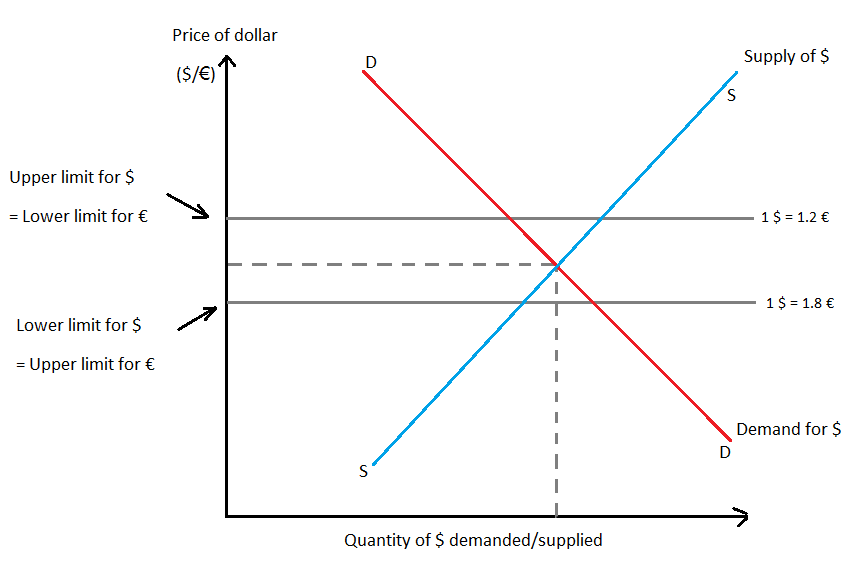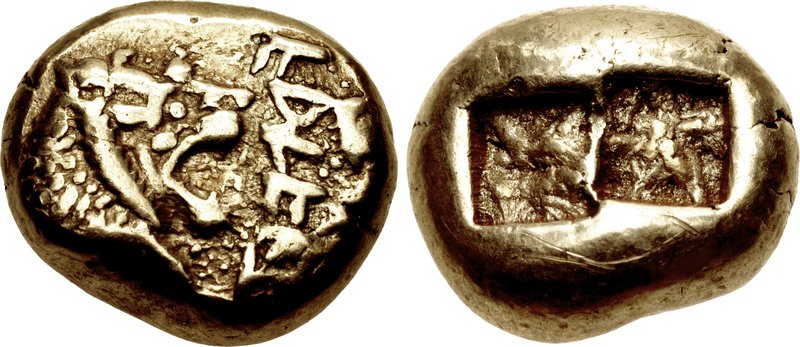|
Lesotho Loti
The Loti (plural: Maloti) is the currency of the Kingdom of Lesotho. It is subdivided into 100 ''lisente'' (sg. ''sente''). It is pegged to the South African rand on a 1:1 basis through the Common Monetary Area, and both are accepted as legal tender within Lesotho. The loti was first issued in 1966, albeit as a non-circulating currency. In 1980, Lesotho issued its first coins denominated in both loti and lisente (dated 1979) to replace the South African rand, but the rand remains legal tender. The name derives from the Sesotho ''loti'', "mountain," while ''sente'' is from English " cent". In 1985, the ISO 4217 code was changed from into . Coins In 1980, coins dated 1979 were introduced in denominations of 1 sente, 2, 5, 10, 25 and 50 lisente and 1 loti. In 1996, 2 and 5 maloti coins were introduced, followed by 20 lisente in 1998. Coins in circulation are: * 5 lisente * 10 lisente * 20 lisente * 50 lisente * 1 loti * 2 maloti * 5 maloti Banknotes In January 1980, banknotes ... [...More Info...] [...Related Items...] OR: [Wikipedia] [Google] [Baidu] |
South African Rand
The South African rand, or simply the rand, ( sign: R; code: ZAR) is the official currency of the Southern African Common Monetary Area: South Africa, Namibia (alongside the Namibian dollar), Lesotho (alongside the Lesotho loti) and Eswatini (alongside the Swazi lilangeni). It is subdivided into 100 cents (sign: "c"). The South African rand is legal tender in the Common Monetary Area member states of Namibia, Lesotho and Eswatini, with these three countries also having their own national currency (the dollar, the loti and the lilangeni respectively) pegged with the rand at parity and still widely accepted as substitutes. The rand was also legal tender in Botswana until 1976, when the pula replaced the rand at par. Etymology The rand takes its name from the Witwatersrand ("white waters' ridge" in English, ''rand'' being the Dutch and Afrikaans word for 'ridge'), the ridge upon which Johannesburg is built and where most of South Africa's gold deposits were found. In Eng ... [...More Info...] [...Related Items...] OR: [Wikipedia] [Google] [Baidu] |
Moshoeshoe II Of Lesotho
Moshoeshoe II (2 May 1938 – 15 January 1996), previously known as Constantine Bereng Seeiso, was the Paramount Chief of Basutoland, succeeding paramount chief Seeiso from 1960 until the country gained full independence from Britain in 1966. He was King of Lesotho from 1966 until his exile in 1990, and from 1995 until his death in 1996. Early life Moshoeshoe was born with the name Constantine Bereng Seeiso and was the descendant of the founder of the nation, Moshoeshoe, which is where he got his royal name. The young Seeiso was educated at the Roma College in Lesotho, then (apparently fleeing rumours that his stepfather planned to poison him) was sent to England, first to Ampleforth College and later to Corpus Christi College, Oxford.Obituary: King Moshoeshoe II of Lesotho by Benjamin Pog ... [...More Info...] [...Related Items...] OR: [Wikipedia] [Google] [Baidu] |
Currencies Introduced In 1966
A currency, "in circulation", from la, currens, -entis, literally meaning "running" or "traversing" is a standardization of money in any form, in use or circulation as a medium of exchange, for example banknotes and coins. A more general definition is that a currency is a ''system of money'' in common use within a specific environment over time, especially for people in a nation state. Under this definition, the British Pound Sterling (£), euros (€), Japanese yen (¥), and U.S. dollars (US$)) are examples of (government-issued) fiat currencies. Currencies may act as stores of value and be traded between nations in foreign exchange markets, which determine the relative values of the different currencies. Currencies in this sense are either chosen by users or decreed by governments, and each type has limited boundaries of acceptance - i.e. legal tender laws may require a particular unit of account for payments to government agencies. Other definitions of the term "currency ... [...More Info...] [...Related Items...] OR: [Wikipedia] [Google] [Baidu] |
Fixed Exchange Rate
A fixed exchange rate, often called a pegged exchange rate, is a type of exchange rate regime in which a currency's value is fixed or pegged by a monetary authority against the value of another currency, a basket of other currencies, or another measure of value, such as gold. There are benefits and risks to using a fixed exchange rate system. A fixed exchange rate is typically used to stabilize the exchange rate of a currency by directly fixing its value in a predetermined ratio to a different, more stable, or more internationally prevalent currency (or currencies) to which the currency is pegged. In doing so, the exchange rate between the currency and its peg does not change based on market conditions, unlike in a floating (flexible) exchange regime. This makes trade and investments between the two currency areas easier and more predictable and is especially useful for small economies that borrow primarily in foreign currency and in which external trade forms a large part of the ... [...More Info...] [...Related Items...] OR: [Wikipedia] [Google] [Baidu] |
Currencies Of The Commonwealth Of Nations
A currency, "in circulation", from la, currens, -entis, literally meaning "running" or "traversing" is a standardization of money in any form, in use or circulation as a medium of exchange, for example banknotes and coins. A more general definition is that a currency is a ''system of money'' in common use within a specific environment over time, especially for people in a nation state. Under this definition, the British Pound Sterling (£), euros (€), Japanese yen (¥), and U.S. dollars (US$)) are examples of (government-issued) fiat currencies. Currencies may act as stores of value and be traded between nations in foreign exchange markets, which determine the relative values of the different currencies. Currencies in this sense are either chosen by users or decreed by governments, and each type has limited boundaries of acceptance - i.e. legal tender laws may require a particular unit of account for payments to government agencies. Other definitions of the term "currency ... [...More Info...] [...Related Items...] OR: [Wikipedia] [Google] [Baidu] |
Currencies Of Africa
A currency, "in circulation", from la, currens, -entis, literally meaning "running" or "traversing" is a standardization of money in any form, in use or circulation as a medium of exchange, for example banknotes and coins. A more general definition is that a currency is a ''system of money'' in common use within a specific environment over time, especially for people in a nation state. Under this definition, the British Pound Sterling (£), euros (€), Japanese yen (¥), and U.S. dollars (US$)) are examples of (government-issued) fiat currencies. Currencies may act as stores of value and be traded between nations in foreign exchange markets, which determine the relative values of the different currencies. Currencies in this sense are either chosen by users or decreed by governments, and each type has limited boundaries of acceptance - i.e. legal tender laws may require a particular unit of account for payments to government agencies. Other definitions of the term "curre ... [...More Info...] [...Related Items...] OR: [Wikipedia] [Google] [Baidu] |
Economy Of Lesotho
The economy of Lesotho is based on agriculture, livestock, manufacturing, mining, and depends heavily on inflows of workers’ remittances and receipts from the Southern African Customs Union (SACU). Lesotho is geographically surrounded by South Africa and is economically integrated with it as well. The majority of households subsist on farming. The formal sector employment consist of mainly female workers in the apparel sector. While male migrant laborers work primarily as miners in South Africa for 3 to 9 months and employment in the Government of Lesotho (GOL). Half of the country's population work in informal crop cultivation or animal husbandry. Lesotho, is a member of the Southern African Customs Union (SACU) in which tariffs have been eliminated on the trade of goods between other member countries, which also include Botswana, Namibia, South Africa, and Eswatini. Lesotho, Eswatini, Namibia, and South Africa also form a common currency and exchange control area known as the R ... [...More Info...] [...Related Items...] OR: [Wikipedia] [Google] [Baidu] |
Cosmos (flower)
''Cosmos'' is a genus, with the same common name of cosmos, consisting of flowering plants in the sunflower family. Description ''Cosmos'' are herbaceous perennial plants or annual plants growing tall. The leaves are simple, pinnate, or bipinnate, and arranged in opposite pairs. The flowers are produced in a capitulum with a ring of broad ray florets and a center of disc florets; flower color varies noticeably between the different species. The genus includes several ornamental plants popular in gardens. Numerous hybrids and cultivars have been selected and named. Distribution ''Cosmos'' species are native to scrub and meadowland in Mexico where most of the species occur. In the United States, some varieties may be found as far north as the Olympic Peninsula in Washington, but the range also extends through Central America to South America as far south as Paraguay. One species, '' C. bipinnatus'', is naturalized across much of the eastern United States and eastern Canada. It ... [...More Info...] [...Related Items...] OR: [Wikipedia] [Google] [Baidu] |
Moshoeshoe I
Moshoeshoe I () ( – 11 March 1870) was the first king of Lesotho. He was the first son of Mokhachane, a minor chief of the Bamokoteli lineage, a branch of the Koena (crocodile) clan. In his youth, he helped his father gain power over some other smaller clans. At the age of 34 Moshoeshoe formed his own clan and became a chief. He and his followers settled at the Butha-Buthe Mountain. He became the first King of Lesotho in 1822. Early life Moshoeshoe was born under the name Lepoqo in the village of Menkhoaneng in the north of modern day Lesotho. The precise year of his birth remains unknown, estimates range from 1780 to 1794; 1786 being the most commonly agreed upon date. His name's literal translation is Dispute, originated from accusations of witchcraft which were levied on a man in Mekhoaneng around the time of his birth. He was the first son of Mokhachane, a minor chief of the Bamokoteli sub-clan of the Basotho people and his first wife Kholu. Kholu was the daughte ... [...More Info...] [...Related Items...] OR: [Wikipedia] [Google] [Baidu] |
Letsie III Of Lesotho
Letsie III (born Seeiso Bereng; 17 July 1963) is King of Lesotho. He succeeded his father, Moshoeshoe II, who was forced into exile in 1990. His father was briefly restored in 1995 but died in a car crash in early 1996, and Letsie became king again. As a constitutional monarch, most of King Letsie's duties as monarch of Lesotho are ceremonial. In 2000, he declared HIV/AIDS in Lesotho to be a natural disaster, prompting immediate national and international response to the epidemic. Biography Letsie III was born on 17 July 1963 at Scott Hospital Morija at Morija. He was educated in the United Kingdom at Ampleforth College. From there, he went on to study at the National University of Lesotho, where he graduated with a Bachelor of Arts Degree in Law. He then went on to study at the University of Bristol (Diploma in English Legal Studies, 1986), Wolfson College, Cambridge (Development Studies, 1989), and Wye College (Agricultural Economics). He completed his studies in 1989, when he ... [...More Info...] [...Related Items...] OR: [Wikipedia] [Google] [Baidu] |







.jpg)
